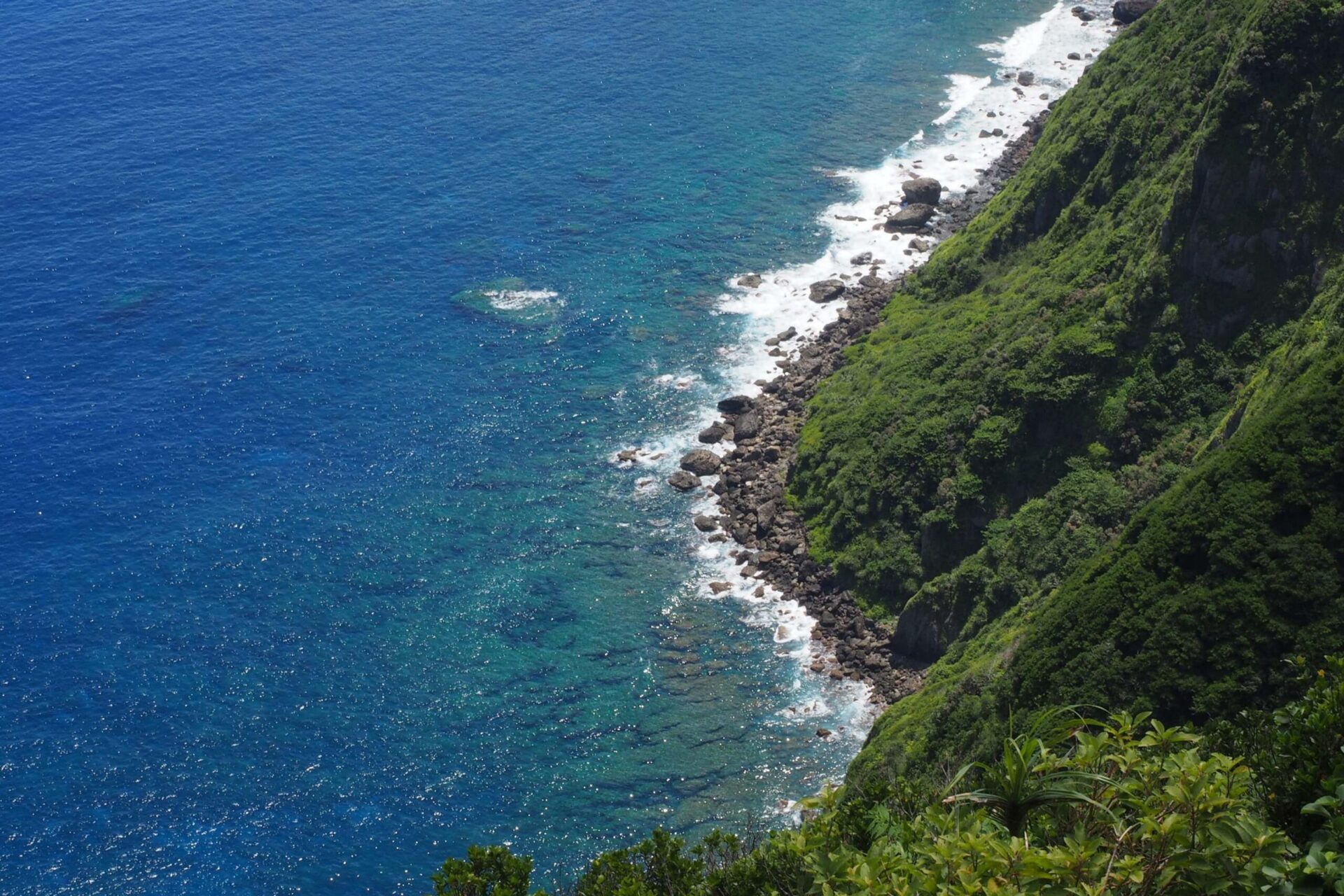TEPCO Power Grid is planning a demonstration for 100% renewable energy power supply in Hahajima, Ogasawara Village, Tokyo, and is currently conducting a related field survey and technological development work.
Ogasawara-Hahajima (Hahajima means “Mother Island” in Japanese) is located about 50 km south of Chichijima (Chichijima means “Father Island” in Japanese), which is 1000 km south of central Tokyo. It is a quiet, green island with a subtropical tree forest. At the 35th session of the World Heritage Committee held in Paris in June 2011, it was evaluated as meeting the “Ecosystems” evaluation criteria for a World Natural Heritage Site, and on June 29 of the same year, it was registered as a World Natural Heritage Site.
As part of the Tokyo Metropolitan Government’s efforts to realize a zero-emission island and Ogasawara Village’s efforts to realize a sustainable island in harmony with nature, Tokyo Metropolitan Government, Ogasawara Village, and TEPCO Power Grid have concluded an agreement, and the three parties are working together to implement the project. This demonstration aims to establish a power supply technology with 100% renewable energy and off-grid technology.
The system will basically consist of a combination of photovoltaic power generation sites and a battery energy storage system to supply 100% renewable energy. During the day, electricity will be supplied by photovoltaic power generation sites, and excess electricity will be used to charge a battery storage system. When there is a shortage of solar power generation, such as at night or in bad weather, electricity will be supplied via discharge from the battery storage system. If the battery charge is exhausted, diesel generators will supply backup power.

In this demonstration, solar power generation facilities, storage batteries combined with a new power conditioning system (PCS), and an integrated energy management system (EMS) to manage the entire distribution system will be newly installed in the existing distribution system. The following technological elements are necessary. They have been researched and developed in order to realize a 100% renewable energy power supply.
- Inverter-based resource with inertia function (development of new PCS)
The PCS for the storage batteries (Virtual Synchronous Generator-PCS), which has a function to provide pseudo inertia and can be combined with storage batteries to function as a virtual synchronous generator, was developed jointly with a manufacturer. As a result, the storage batteries, which are an inverter power source, can respond to frequency fluctuations and the like as a virtual synchronous generator, so that power derived from renewable energy can be used as a main power source. - Integrated EMS
In order to realize a 100% renewable energy power supply, a new, integrated EMS has been developed in cooperation with manufacturers. This system ensures system stability and economic stability by coordinating photovoltaic power generation, batteries combined with VSG-PCS, and existing diesel generators. - Protection Technology
A new system protection technology has also been developed, in place of conventional fault short-circuit current detection based on the installation of a large-capacity generator, on the assumption that the fault short-circuit current will be reduced by the use of distributed energy resources.
By incorporating these technological elements into existing distribution systems and establishing verification technologies, we aim to further expand the introduction of renewable energy and become an electricity transmission and distribution company that contributes to a sustainable society.

